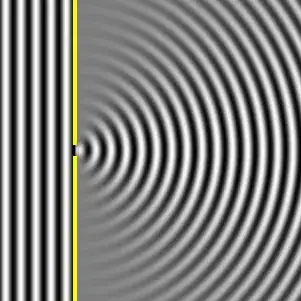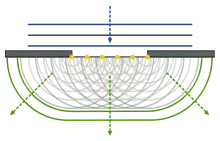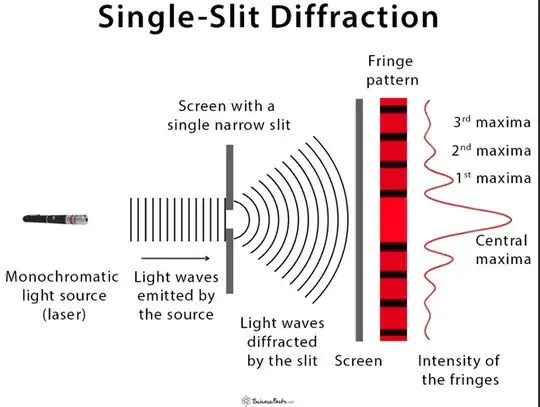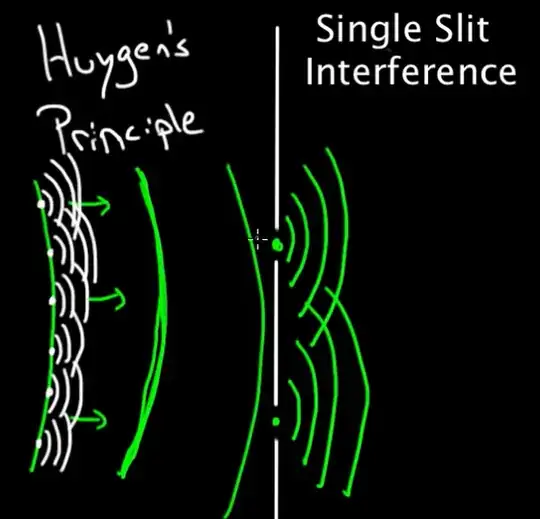First of all, I'd like to discuss Huygen's principle. In order to explain waves diffraction, it says that every point in a wave front behaves as a source, so the next wave front is the sum of all secondary waves produced by these points. Therefore, when you make a straight wave pass through a little aperture, it spreads out. But the problem is that this spreading or diffraction depends on the size of the aperture compared to the wavelenght. Although I'm sure you've seen this many times, I'll put a video:
https://www.youtube.com/watch?v=BH0NfVUTWG4
Here you can see that when the aperture is large enough, there is almost no diffraction. But doesn't this contradicts Huygens' principle? I mean, it should spread out anyway. If every point in the aperture is a wave source, the oscilation should reach any point beyond the aperture. It is as though diffraction only happened in small holes, not in large ones nor in corners. Where am I wrong? I've read explanations for this effect with light, but they use Quantum Electrodynamics, and water waves are not quantum, right?
The second doubt I have is about seeing with light. How does light hitting a surface reflects its shape, so that it cannot reflect the shape of sufficiently small objects, such as atoms?



